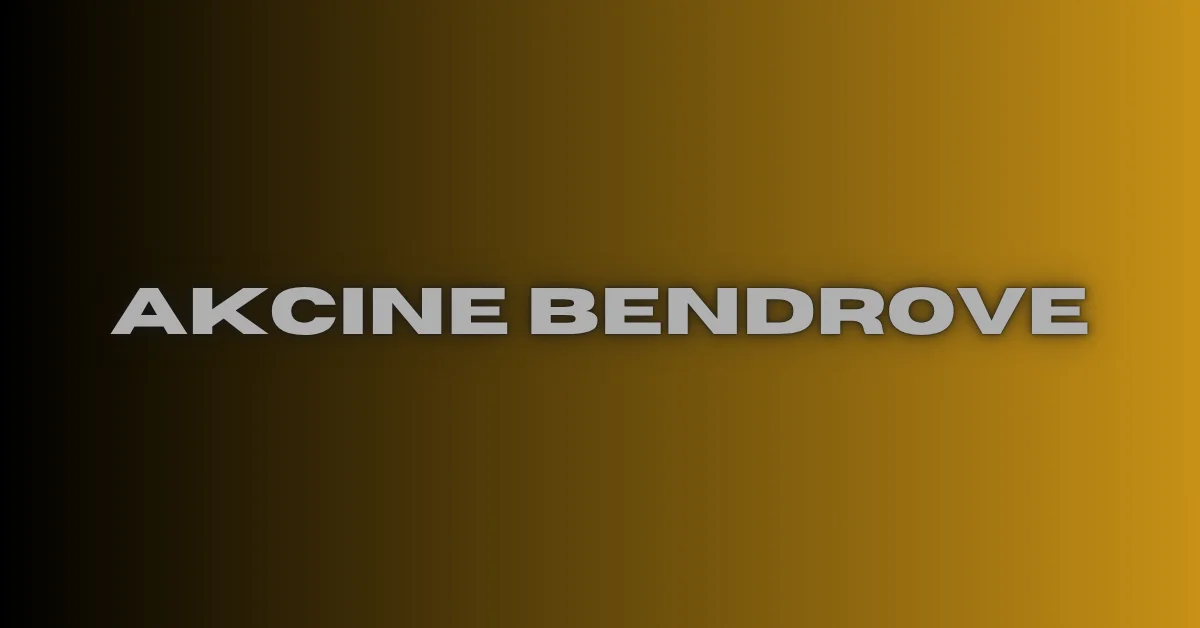Introduction to Akcine Bendrove (AB)
When it comes to establishing a business in Lithuania, the structure you choose can significantly impact your success. One of the most popular options is the Akcine Bendrove, or AB for short. This public company format not only opens doors to various funding opportunities but also enhances credibility in both local and international markets. With a capital requirement of €40,000, an AB structure offers unique advantages that many entrepreneurs find appealing. Whether you’re considering starting a new venture or looking to expand an existing one, understanding the ins and outs of Akcine Bendrove will be crucial for navigating Lithuania’s business landscape effectively. Let’s dive deeper into what makes this structure stand out!
Benefits of AB Structure
The Akcine Bendrove (AB) structure offers numerous advantages for entrepreneurs and businesses in Lithuania. One of the most appealing aspects is limited liability. Shareholders are only responsible for company debts up to their investment amount, protecting personal assets.
Another benefit is easier access to capital. The €40,000 minimum capital requirement allows companies to attract investors more easily. This level of commitment can instill confidence among potential stakeholders.
Additionally, an AB enjoys a certain level of prestige in the business community. Operating as a public company often enhances credibility and brand recognition.
Tax advantages also come into play. An AB may qualify for various tax incentives that can significantly improve overall financial performance.
Flexibility in management structure provides opportunities for growth and adaptation. Companies can raise funds through share issuance or even go public if they choose to expand further.
Requirements for Forming an AB in Lithuania
To form an Akcine Bendrove (AB) in Lithuania, several requirements must be met. The first step is to secure a minimum share capital of €40,000. This amount demonstrates commitment and stability to potential investors.
Next, at least one shareholder is necessary, which can be either an individual or a legal entity. This flexibility allows various types of stakeholders to participate in the company’s growth.
Additionally, you will need a management board comprising at least three members who are responsible for strategic decision-making. It’s essential that these individuals possess appropriate qualifications and experience.
The registration process involves preparing specific documents such as the articles of association and proof of capital investment. These must be submitted to the Register of Legal Entities.
Obtaining a unique name for your AB is crucial; it should not conflict with existing business names registered in Lithuania.
Steps to Register and Set Up an AB in Lithuania
Registering an Akcine Bendrove (AB) in Lithuania involves several key steps. First, you must choose a unique name for your company. This name should reflect the nature of your business while adhering to local naming regulations.
Next, prepare your founding documents. These include the articles of association and details about shareholders and management structure. It’s essential to have clear information on share capital contributions as well.
Once your documentation is ready, you’ll need to register with the Lithuanian Register of Legal Entities. This process can often be completed online, streamlining paperwork submission.
After registration, open a bank account specifically for your AB and deposit the required minimum capital of €40,000.
Ensure compliance by obtaining any necessary licenses or permits specific to your industry before launching operations in Lithuania’s vibrant market landscape.
Comparison with Other Business Structures in Lithuania
When considering an Akcine Bendrove (AB), it’s essential to compare it with other business structures in Lithuania. One common alternative is the Individual Enterprise, which offers simpler regulations and lower capital requirements.
However, the AB stands out for its limited liability protection. Shareholders in an AB are shielded from personal liability beyond their investment. This feature attracts many investors seeking security.
Another option is a Limited Liability Company (MB), which also requires less initial capital but has restrictions on shareholder numbers and management structure. The flexibility of an MB appeals to smaller enterprises looking for easier operations.
In contrast, the AB’s formal governance and transparency can enhance credibility among stakeholders. This structural inty often makes it more appealing for larger investments or public offerings, positioning itself uniquely within Lithuania’s diverse business landscape.
Case Study: Successful AB Companies in Lithuania
Lithuania has seen a surge in successful Akcine Bendrove (AB) companies that have made significant impacts in various sectors. One standout example is Vilniaus Prekyba, a retail giant that began as a small grocery store. Now, it operates numerous chains across the Baltic region.
Another notable AB is Maxima Group, renowned for its innovative approach to customer service and supply chain management. Its strategies have not only fostered growth but also created thousands of jobs.
In technology, Tesonet stands out as an AB that offers cybersecurity solutions globally. Their focus on research and development has positioned them as leaders in innovation.
These examples highlight how adopting the AB structure can lead to impressive achievements while contributing positively to Lithuania’s economy. They demonstrate resilience and adaptability within competitive markets, inspiring new entrepreneurs considering this business model.
Challenges and Risks of an AB Structure
Forming an Akcine Bendrove (AB) comes with its own set of challenges. One significant risk is the stringent regulatory compliance required by Lithuanian law. Companies must adhere to various legalities, which can be time-consuming and complex.
Financial transparency is another hurdle. ABs are expected to maintain detailed accounts and publish their financial reports annually. This can lead to increased administrative costs, particularly for smaller entities.
Additionally, the €40,000 minimum capital requirement may deter some entrepreneurs from pursuing this structure. Not having adequate funding can limit growth opportunities.
Furthermore, shareholder relations pose potential complications. Disputes among shareholders could disrupt decision-making processes and harm business operations if not managed properly.
Market volatility presents a constant challenge for all businesses but may disproportionately affect public companies like ABs that rely on investor confidence and stock performance.
Conclusion
The Akcine Bendrove (AB) structure offers an appealing option for entrepreneurs looking to establish a business in Lithuania. With its benefits, including limited liability and the ability to attract investment through public offerings, it stands out in the landscape of Lithuanian business models.
While there are specific requirements and steps involved in setting up an AB, these processes can be navigated effectively with proper guidance. The capital requirement of €40,000 may seem daunting at first, but it positions your company as a serious contender in the market.
Comparing the AB structure with other options available in Lithuania reveals distinct advantages that cater to diverse business needs. Successful case studies highlight how many companies have thrived within this framework.
However, like any business model, forming an AB comes with its challenges and risks. Understanding these factors is crucial for any entrepreneur considering this path.
Navigating the world of Akcine Bendrove could well lead you toward fruitful ventures and sustainable growth in Lithuania’s dynamic economy. Embracing the opportunities presented by this structure can pave the way for long-term success while contributing positively to both local communities and markets alike.
















